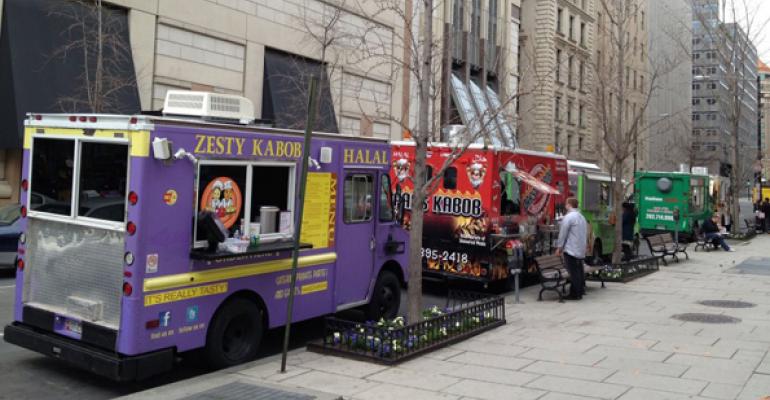If you have a food truck, your website is an essential marketing tool. It's a single portal that customers can use to connect with you from anywhere.
Ideally, the website should accomplish these goals:
• Build better relationships with existing customers
• Create a buzz in the local community
• Leverage the unique identity of the food truck restaurant model
• Build a personality for your brand
But how can your food truck achieve this? The "must-haves" of a food truck website can be simplified into five easy steps. Any food truck owner, no matter how busy, should be able to work these steps into their marketing strategy.
1. Real-time location updates
Your "drifter" status is a novelty as a food truck, but that doesn't mean customers should have to struggle to find you. Once a customer is on your website, pinpointing exactly where you are should never take more than 30 seconds.
Here are three easy ways to easily broadcast real-time location updates:
• Embed a Google Map on your website and drop a pin to indicate your truck's location at all times.
• Add your Twitter feed to your site, and post your location to followers regularly.
• Post an announcement of your location schedule to your weekly blog.
2. A regular blog
Speaking of blogs, your food truck could use one!
When it comes to the internet, content is king. When your food truck's website is frequently updated with interesting, useful content, your website's traffic will grow.
Take 30 minutes every week to write a short, casual blog post that expresses your food truck's brand identity. Talk about a recent experience you had on location, or share your opinions on how your truck fits into the community. It helps to keep a list somewhere of potential blog titles that you can refer to.
Blogging is worth the extra traffic you'll see.
See more tips
(Continued from page 1)
3. Mobile optimization
Your restaurant is mobile-friendly, and your online strategy should be, too.
A mobile-optimized website automatically reformats to fit smart phones and tablets. When people access this type of site on the go, it's much easier to navigate and share with friends via text or email.
I've added more food truck-specific tips on going mobile in my blog at Restaurant Engine.
4. Customer reviews
Showcase how much people enjoy your food.
Positive online reviews are an excellent source of marketing content. All you have to do is track and repost them.
If you use a review widget from Yelp or TripAdvisor the review tracking process can be automatic. This is a benefit of claiming your business on both of these networks. Then head to your admin dashboard on each site to grab your widgets.
When it comes to reviews, always show you're listening. Respond to customers with a personalized message. Yelp has some great resources on responding to both negative and positive reviews. Even if it’s brief, any response is better than none.
5. Social media
Nothing helps grow your customer base more than word-of-mouth marketing. Help your food truck go viral by incorporating social media into your website.
Begin by adding all of your social media links to the front page of your site. A simple line of icons always works. See how one restaurant, Simmer Milwaukee features its Facebook and Twitter buttons in the top navigation bar.
Go deeper by adding "share" buttons to each individual piece of content on your site. Try a useful service called Share This to incorporate these popular "share" buttons into your blog posts and pages.
My top social media pick for food trucks? Instagram. This interactive photo-sharing network fits the fun, mobile personality of food trucks perfectly. Don't forget to add your Instagram photos and username to your website.
Brian Casel is the founder of Restaurant Engine, a website design solution for restaurants. Get your free restaurant website checklist available on the Restaurant Engine Blog. Email Brian at [email protected].



